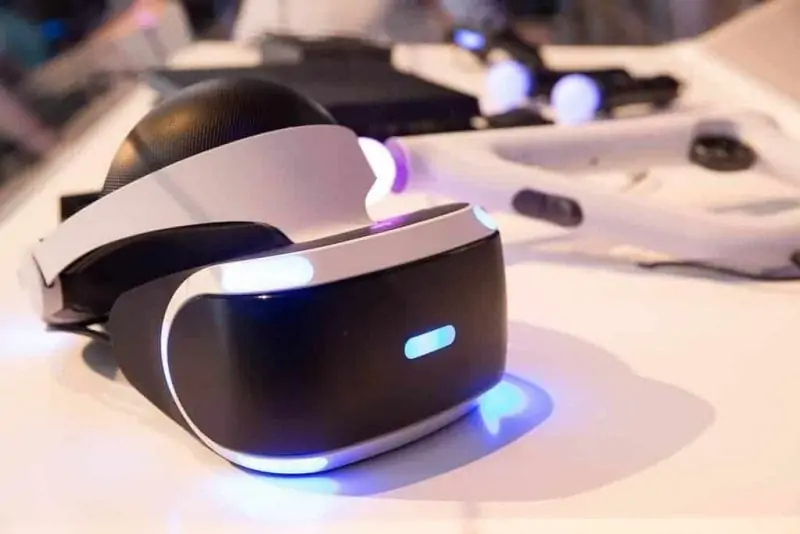We’ve already reached a point at which it’s difficult to refer to mixed reality as an industry. Between different AR and VR devices, countless developers, and applications in everything from Minecraft applications to advanced healthcare, the mixed reality is its own technology spread out across numerous industries. And that can make it a little bit difficult to keep track of.
What we know for certain is that the mixed reality sector stands to grown and improve significantly in the coming years as demand stays steady and technology gets better. And even if some of the most meaningful applications might wind up in areas like healthcare and education, it’s likely to be more personal uses that push the technology to new heights. Because of that, these are some of the areas that could help to spur growth in mixed reality.
Standalone Headset Market
This is a newly emerging market within the mixed reality sector as of January, but it’s extraordinarily promising. The idea is simply that companies are now producing and selling virtual reality headsets that work on their own without connection to a smartphone, PC, or gaming system. Early analyses indicate that standalone VR headsets will make the greatest impact in institutional installations, as with education and training – but they could also be a very big deal for private use. Putting it in clear terms, many would-be mixed reality gamers just don’t want to buy high-powered PCs or new game systems in addition to expensive headsets. These standalone options solve that problem, even if they’re not cheap themselves.
VRcades
“VRcade” is a new term or at least a new-ish one, and it’s effectively just what it sounds like. The concept is that VR and AR can bring back public, social arcade venues, replacing old arcade machines with various applications of mixed reality. People will be able to play games that require bulky equipment not suited to home use and can also pay to play with headsets and games they might not want to buy for themselves. At this stage, we’re merely seeing VRcades pop up here and there around the world, but there’s potential for this to become its own entertainment industry.
Casino Simulation
The online casino business is already thriving, thanks in large part to top sites demonstrating an ongoing commitment to technology. Software developers have worked to produce easy, functional interfaces that are well laid out and highly intuitive, roping in more players by the year. Logically, one can put the pieces together and assume that the next step in this devotion to the latest tech and software is progress toward mixed reality. There is certainly a chance that this extremely large branch of the video game business migrates largely into mixed reality and in a short time.
Artistic Expression
There are all kinds of different ways to think of VR and AR as they relate to art. On the simplest level, programs like TiltBrush allow people to make what amount to large, bright, imaginative paintings in a virtual space. On a more commercial note, it’s been argued that VR can “take immersive contemporary art to the next level.” Everything artistic, from sketches and 3D sculpture conceptualization to performance art and museum displays, can (and almost certainly will) now be explored in mixed reality.
Exercise Applications
This is an area that’s almost been surprisingly slow to develop, but it will get there. Many will make the argument that boredom and monotony have a lot to do with people giving up workout routines – sometimes even more than bodily fatigue or cardiovascular limits. Mixed reality can solve this problem by making workouts engaging, or even game-like. VR programs will soon be regularly integrated with treadmills, exercise bikes, and perhaps even climbing apparatuses and original pieces of equipment. It’s not a stretch to imagine entire mixed reality gyms emerging within five or 10 years.








![Why You Need A Marketing Workflow? [Infographic] - 8 Why You Need A Marketing Workflow? [Infographic] - 8](https://cdn.igadgetsworld.com/news/wp-content/uploads/2019/01/pexels-photo-1080865-380x250.webp)
